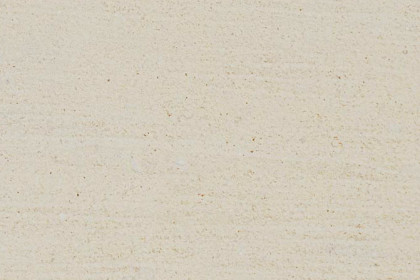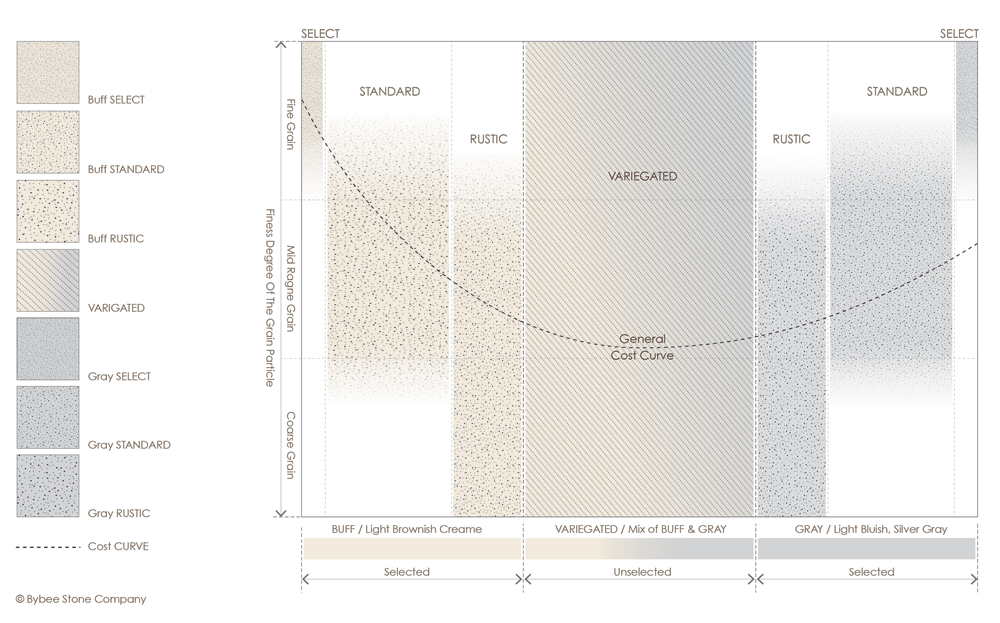Indiana limestone comes in an elegant range of shades – from silver blue to rich, creamy tan – and textures, ranging from consistently smooth to a rustic blend of assorted grain and fossil sizes. While Bybee Stone Company follows the classification guidelines of the Indiana Limestone Institute, Indiana limestone is a natural material that can range either subtly or substantially from one shade to another within any given sample.
When it comes to finishes, Bybee Stone Company is capable of providing any finish your project may require. If your design needs a particular textural finish, talk to us, and we’ll make the tools to get the finish right. Our finishes include, but are not limited to: plucked, tooled, bushhammer, crandle, 9-point, rock face, split face, plow, chatsawn, and shotsawn.
For further information on the physical and structural characteristics of Indiana limestone, please visit the Indiana Geological Survey’s page on Indiana limestone.
Buff Smooth
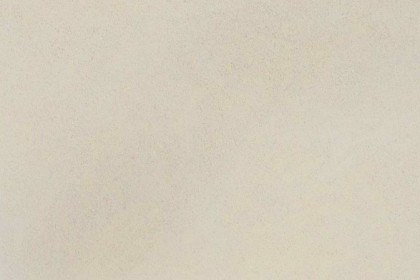 Buff Indiana limestone varies from a light creamy shade to a brownish buff. Grain size can be fine to moderately large, and the stone has an average amount of the following characteristics: calcite streaks or spots, fossils or shelly formations, pit holes, reedy formations, open texture streaks, honeycomb formations, iron spots, travertine-like formations and grain formation changes.
Buff Indiana limestone varies from a light creamy shade to a brownish buff. Grain size can be fine to moderately large, and the stone has an average amount of the following characteristics: calcite streaks or spots, fossils or shelly formations, pit holes, reedy formations, open texture streaks, honeycomb formations, iron spots, travertine-like formations and grain formation changes.
Featured Projects:
Iowa State Capitol
Millennium Park
Schermerhorn Symphony Center
Gray Smooth
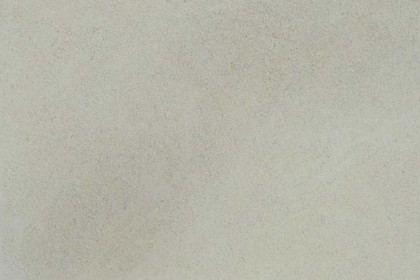
Featured Project Page:
Seattle Art Museum
Variegated Smooth
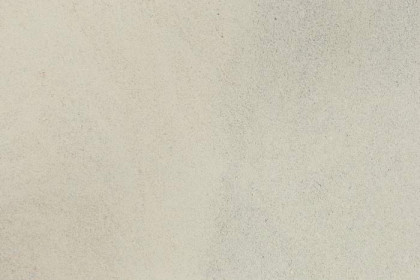
Variegated Indiana limestone is in no way a lower quality than buff or gray. Its lower relative cost stems from lower labor costs – there is no need to separate out specific colors or grades of stone. Many high profile projects have utilized Variegated Indiana limestone to great effect, including the Pentagon, Reagan Building and Federal Triangle, all in Washington, D.C.
Rustic Buff
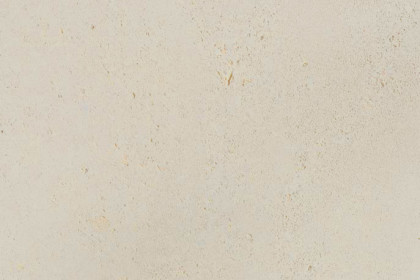
Featured Projects:
Duke Divinity School
Whitman College
Chatsawn
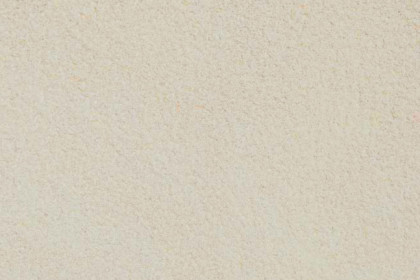
Shotsawn
